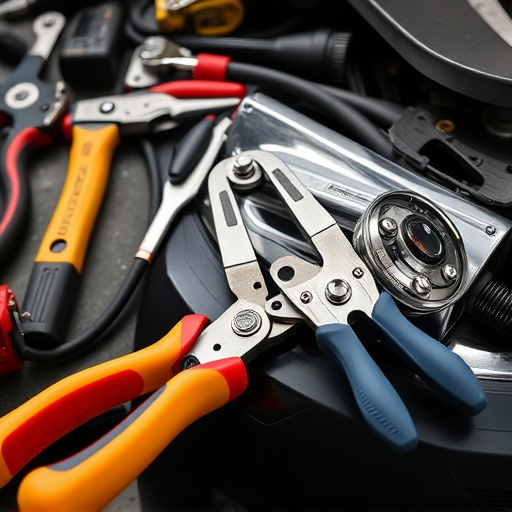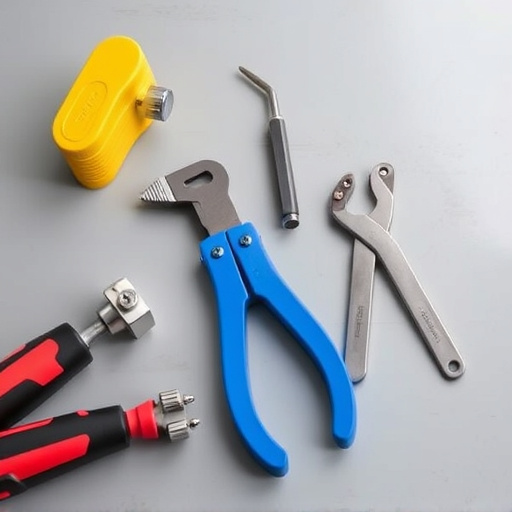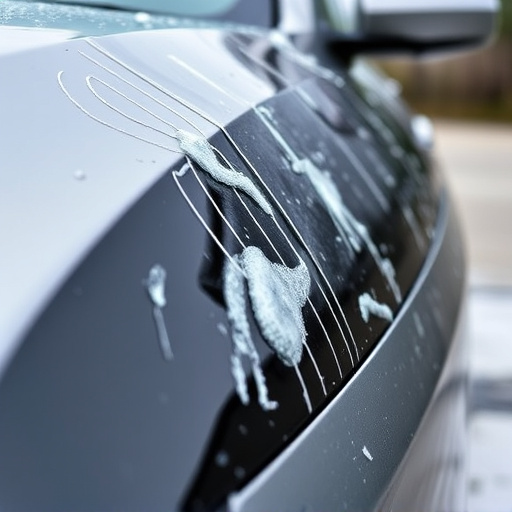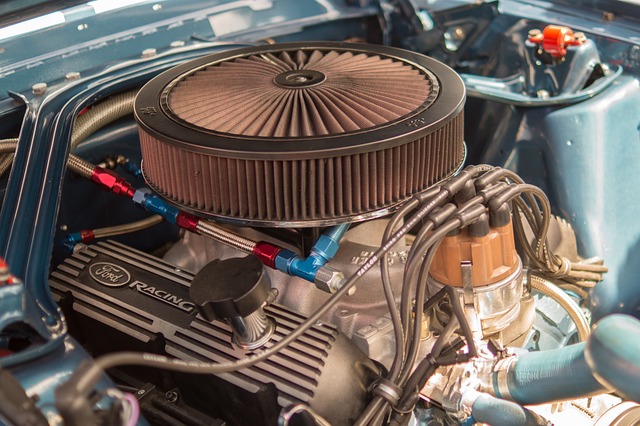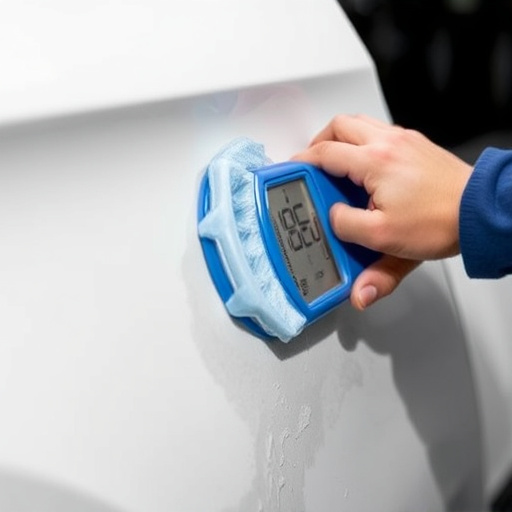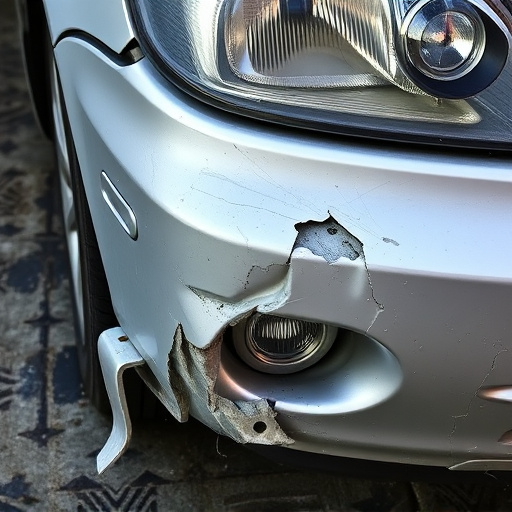Pending direct repair applications are reshaping the automotive service industry by expediting insurance claim settlements and enhancing customer satisfaction. Direct repair programs empower authorized shops with detailed damage assessments, leading to efficient and high-quality repairs. Strategic prioritization of repairs based on severity, part availability, and completion time ensures effective resource allocation. Effective communication is crucial for managing these applications, fostering trust among insurers, policyholders, and repair shops through transparent updates and alignment of expectations.
“Pending direct repair applications are a vital component of modern automotive services, streamlining repairs through authorized programs. This article guides you through the next steps in this process. From comprehending pending applications and their impact to prioritizing repairs based on urgency and cost-effectiveness, we offer insights into efficient management.
Additionally, discover effective communication strategies to enhance customer satisfaction and ensure seamless interactions throughout the direct repair program.”
- Understanding Pending Direct Repair Applications
- Evaluating and Prioritizing Repairs
- Implementing Effective Communication Strategies
Understanding Pending Direct Repair Applications

Pending direct repair applications are a crucial part of the automotive service industry’s evolving landscape. This process involves assessing and authorizing specific car damage repairs under insurance policies, streamlining the claim settlement process. By understanding pending applications, both insurers and claimants can navigate the system more effectively.
Direct repair programs, which facilitate these applications, offer numerous benefits, including faster turnaround times for fender repair and other car bodywork services. They ensure that authorized repair shops have access to detailed damage assessments, enabling them to provide efficient and high-quality repairs. This not only saves time but also ensures that car owners receive top-notch service without the hassle of lengthy negotiations or waiting periods, enhancing overall customer satisfaction.
Evaluating and Prioritizing Repairs

After submitting pending direct repair applications, the next crucial step is to thoroughly evaluate and prioritize the required repairs. This involves a meticulous assessment of each vehicle’s damage, considering both aesthetic and structural integrity. The goal is to ensure that every repair addresses safety concerns first and enhances the overall quality of auto body restoration.
Prioritization should be based on several factors, including the severity of damage, availability of parts, and estimated time for completion. For instance, critical repairs that affect a vehicle’s handling or safety features should take precedence over less urgent but aesthetically pleasing auto body work or auto detailing enhancements. This strategic approach ensures that resources are allocated efficiently while adhering to the standards set by the direct repair program.
Implementing Effective Communication Strategies

Effective communication is a cornerstone when managing pending direct repair applications under a direct repair program (DRP). Once a claim is submitted for vehicle restoration or auto frame repair, clear and consistent updates are crucial to keeping customers informed and satisfied. This includes providing timely responses to inquiries, confirming receipt of all necessary documents, and clearly outlining expected timelines for repairs, especially when it comes to complex vehicle paint repair processes.
By adopting robust communication strategies, DRP administrators can foster trust with both insurance providers and policyholders. Regular check-ins, detailed progress reports, and transparent discussions about any potential delays or challenges can help manage expectations. This proactive approach ensures everyone involved remains aligned, leading to a smoother process for all parties—from initial claim submission to the final vehicle paint repair and handover.
Pending direct repair applications require a structured approach for efficient resolution. By understanding the current status, evaluating and prioritizing repairs based on urgency and impact, and implementing robust communication strategies, organizations can effectively navigate the next steps within the direct repair program. This ensures timely completion, enhances customer satisfaction, and promotes a seamless experience throughout the entire process.
